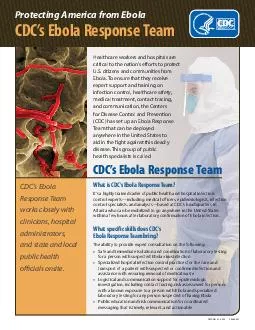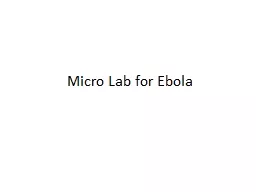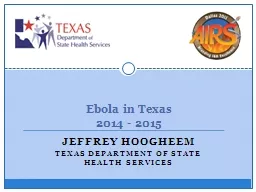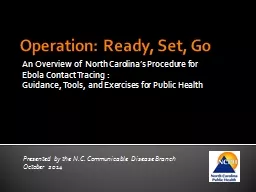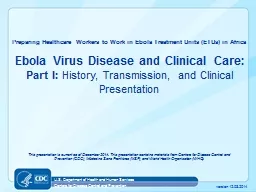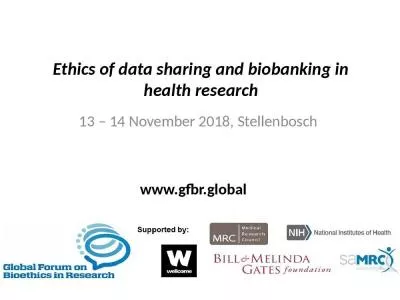PPT-Biobanking of Ebola samples
Author : mitsue-stanley | Published Date : 2018-11-21
October 1 2016 Executive summary 162000 stored samples have been identified 28000 are stored in Liberia 58000 in Guinea 33000 in Sierra Leone and 42000
Presentation Embed Code
Download Presentation
Download Presentation The PPT/PDF document "Biobanking of Ebola samples" is the property of its rightful owner. Permission is granted to download and print the materials on this website for personal, non-commercial use only, and to display it on your personal computer provided you do not modify the materials and that you retain all copyright notices contained in the materials. By downloading content from our website, you accept the terms of this agreement.
Biobanking of Ebola samples: Transcript
Download Rules Of Document
"Biobanking of Ebola samples"The content belongs to its owner. You may download and print it for personal use, without modification, and keep all copyright notices. By downloading, you agree to these terms.
Related Documents


